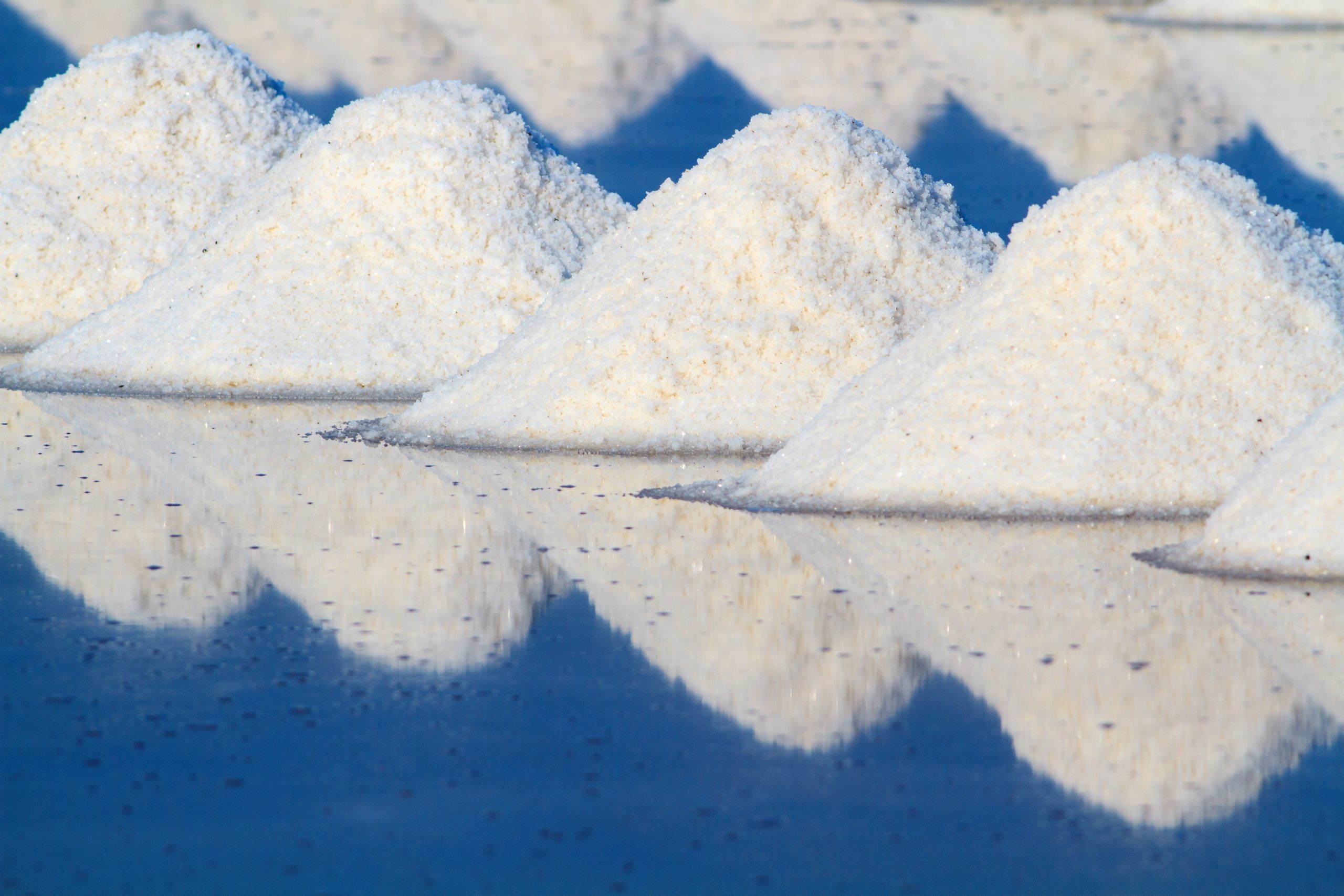Vitamin E Update
Vitamin E is a group of eight compounds, α-, β-, δ-, ϒ-tocopherols and α-, β-, δ-, ϒ-tocotrienols, which are lipid-soluble. All vitamin E isoforms have antioxidative, antiproliferative, pro-apoptotic, anti-angiogenic and anti-inflammatory effects (2,3). Vitamin E, although not as effective as Selenium, is also a very useful aid in detoxification and in the reduction of methylmercury toxicity (1). Key sources of tocopherols are sunflower & rapeseed oil, whereas important sources of tocotrienols...
Sodium – Mastering Minerals Series 1
In this article we look at the latest research on sodium, including storage, and an individual’s ability to absorb it and utilise it independent of intake. Characteristics of sodium InterClinical eNews July, Issue 108 Sodium is the sixth most abundant element in the earth’s crust and the second most abundant element in seawater. An adult human body contains about 250g of sodium and any excess is naturally excreted by the body. About 85%...
Magnesium – Mastering Minerals Series 1
Magnesium is the fourth most abundant mineral and is essential for good health. Approximately 600 enzymes depend upon its presence in our body in sufficient amounts.1 It affects many cellular functions including the transport of potassium and calcium ions. As well, magnesium modulates signal transduction, energy metabolism and cell proliferation. Magnesium has a huge role in bone mineralisation, cardiovascular health and the nervous and neuromuscular systems. It participates in the metabolism...
Reclaim Your Vitality with Carotenoids
InterClinical eNews January 2020, Issue 100 There are at least 600 known natural carotenoids but only those possessing a 3-hydroxy-epsilon end group have vitamin A activity. Beta carotene is a part of that group. Beta-carotene is the precursor of vitamin A - an essential vitamin for retinal function and mucosal protection in the body. Beta carotene also provides significant antioxidant support to the skin and the eyes where it is able...


